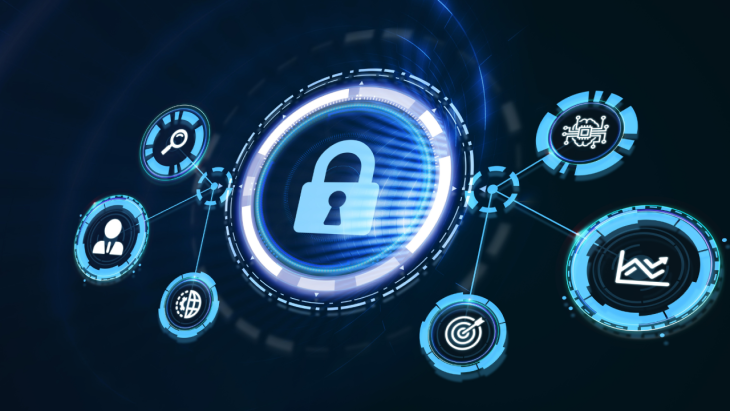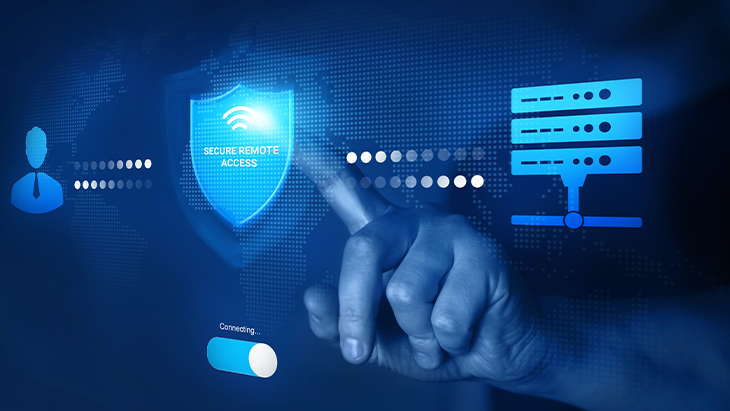
What Is Zero Trust?
Large-scale attacks like supply chain attacks have increased in recent years and resulted in the hacking of even the world's leading companies and institutions, calling for effective security approaches and measures. While adopting these security approaches, The Zero Trust model adds an effective dimension to the concept of cybersecurity and stops malicious actors and software. You can take your company's cyber security to the next level by using a Zero Trust approach, much more than a product or service. Let us show you how in this blog post.
What Is Zero Trust?
Nowadays, it is necessary to take much more effective measures against cyberattacks, as evidenced by the recent and world-shaking supply chain attacks. The Zero Trust model effectively takes measures against such attacks, prevents users located inside or outside a company from being given authorized access without authentication, and does not trust devices by default. Thanks to this, it becomes possible to take high-security measures regarding firmware and updates, which are the main source of unnoticed attacks, such as the supply chain ones.
The Zero Trust approach has become more relevant, especially with the increased use of cloud-based technologies and mobile devices. To a greater extent, it also prevents access to company systems, and information theft. The Zero Trust approach requires verification and authorization approval for a truly effective security process, making it difficult for cyber attackers to steal sensitive information while accessing company systems, thus increasing data security.
How Does Zero Trust Work?
The Zero Trust model is not a security program or technology, contrary to common belief. Zero Trust is considered a completely professional cybersecurity approach, which includes various steps that ensure the implementation of the "Never trust, always confirm." concept. It uses increased endpoint security methods, such as privileged session management, central password management, multi-factor authentication, and many other. Thanks to this, it is possible to minimize vulnerabilities by auditing and approving every step of the access to the network infrastructure or sensitive data.
It is important that the selected security system has technologies that comply with zero trust principles, in order to protect your company from complex cyberattacks, especially supply chain attacks. For this reason, you should consider all the steps that make up the Zero Trust model, and ponder whether these conditions are included in the cybersecurity solutions integrated in your company infrastructure.
When to Use the Zero Trust?
The Zero Trust model is not used only to protect the company’s IT infrastructure, generally from internal and external threats, but also against cyberattacks that are difficult to prevent like supply chain attacks. The Zero Trust approach is preferred both against high-risk cyberattacks, as well as for large-scale cyber protection. For all these reasons, the cybersecurity services your company ensures are of great importance.
The Zero Trust approach is applied primarily in systems with sensitive data by combining many technologies, to make it difficult for malicious people or codes to access that data. It protects the company’s system not only from external threats, but also from internal threats, thanks to its multi-layered authentication processes and advanced encryption methods.
How to Apply Zero Trust with Privileged Access Management (PAM)?
The Zero Trust approach includes many restrictions and verification stages in order to ensure data security. Privileged Access Management (PAM) performs all these stages in an integrated way with other solutions, and provides maximum security with dozens of different features, in compliance with the Zero Trust model. Central password management, two-factor authentication (2FA), dynamic data masking, privileged session manager, and privileged task automation are some of these features.
Single Connect, one of the most comprehensive Privileged Access Management solutions, offers all the components your company may need in access security processes, to both minimize the internal threat risk and enhance active protection. With Single Connect, you can not only have a strong access security solution, but also take mitigating measures quickly, and maintain your company's security continuously by detecting possible threats before they occur.
Combining all the steps required to apply the Zero Trust approach in your company, Single Connect can be deployed in a very short amount of time, and provides end-to-end security of your access and data security process. You can also read our blog "How to Apply Zero Trust Approach with PAM?'' to learn how the Zero Trust method can be made compatible with privileged access management (PAM) within your company infrastructure.
Highlights
Other Blogs

The Role of Artificial Intelligence in Cybersecurity: Opportunities and Challenges

Empowering Telco Security Compliance with Kron Network PAM Understanding the Telecommunications Security Act (TSA)















